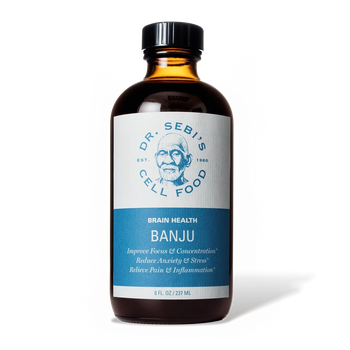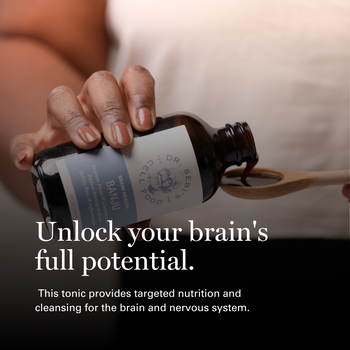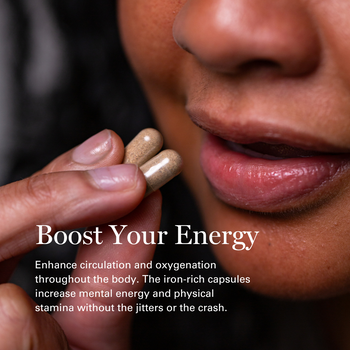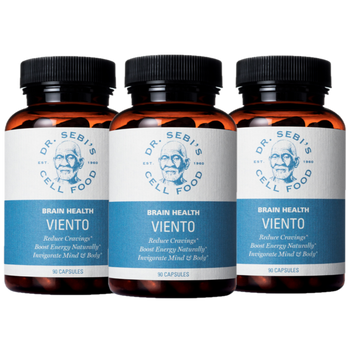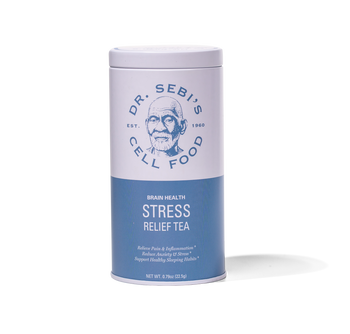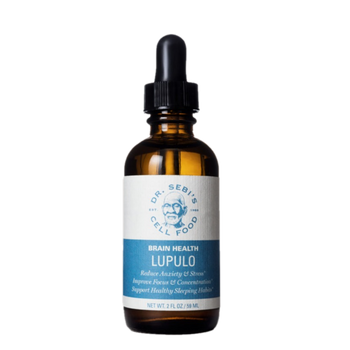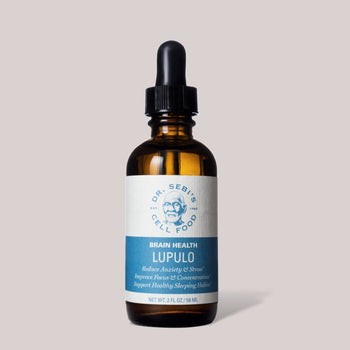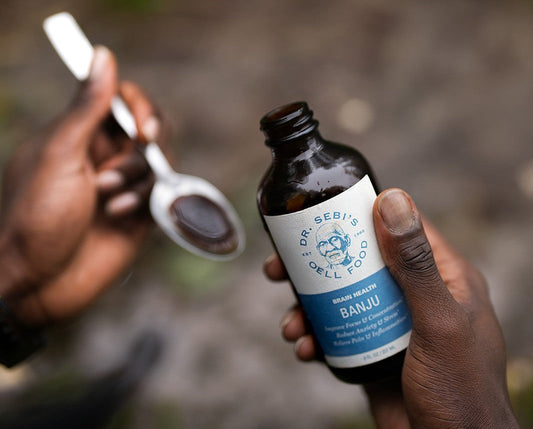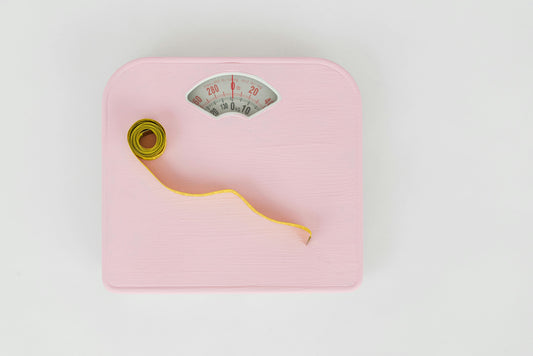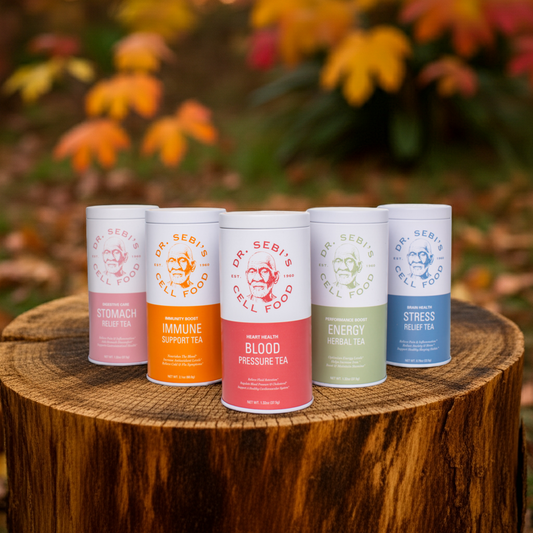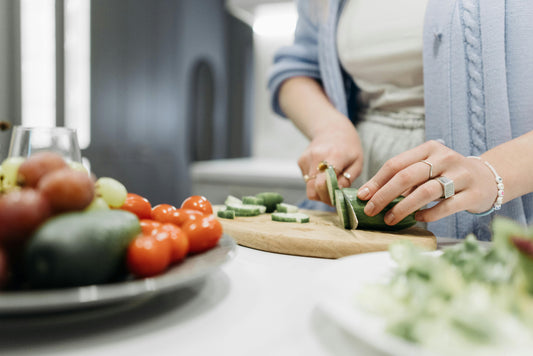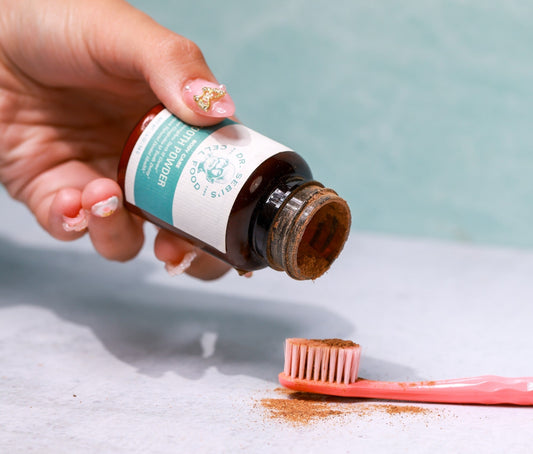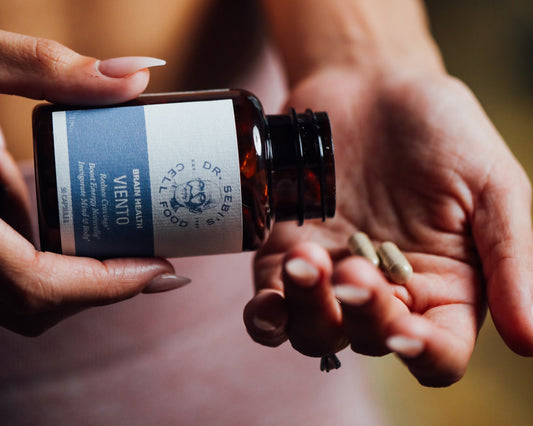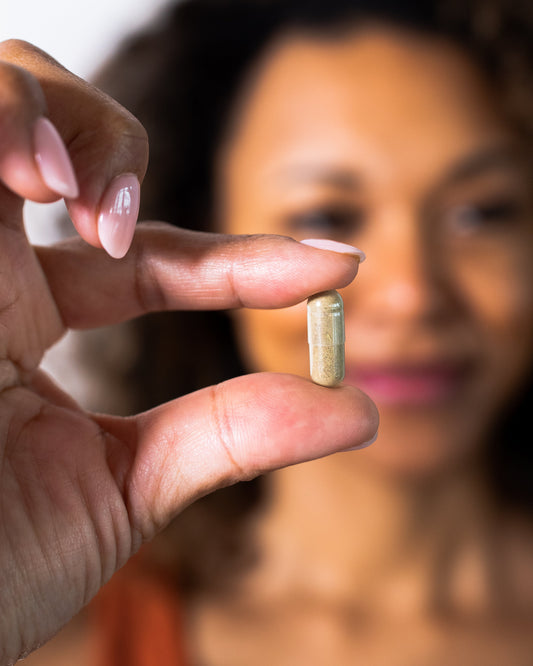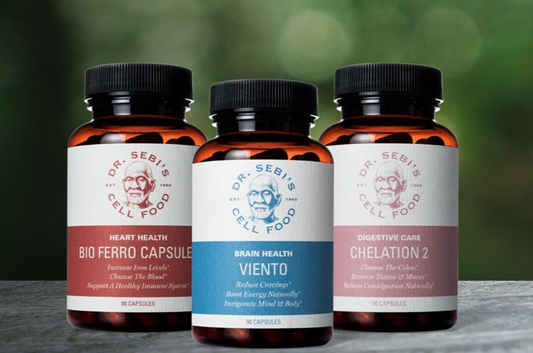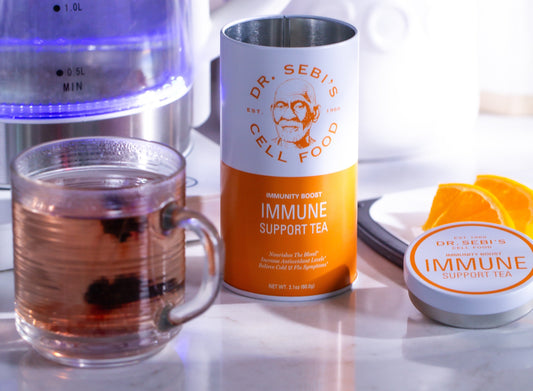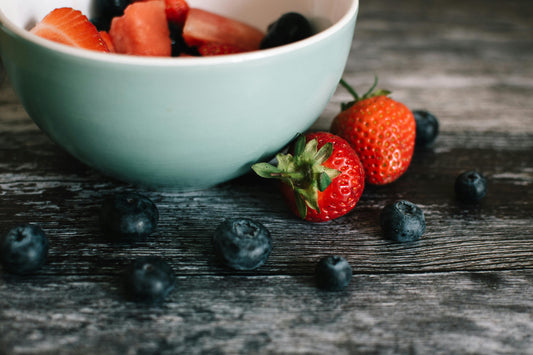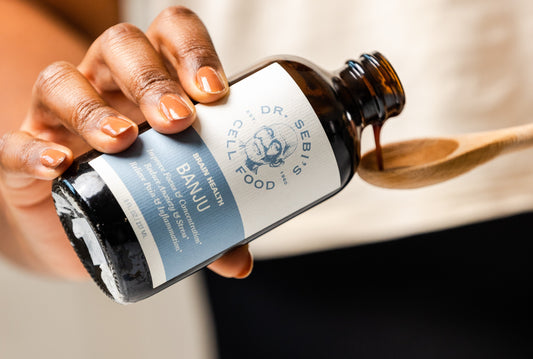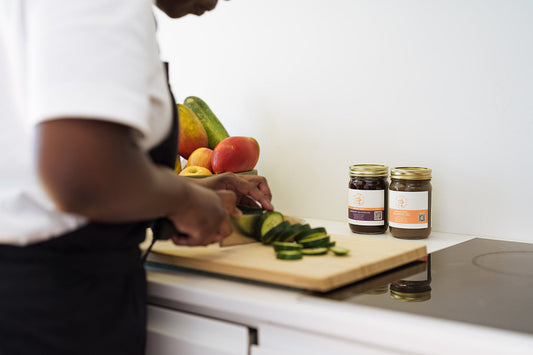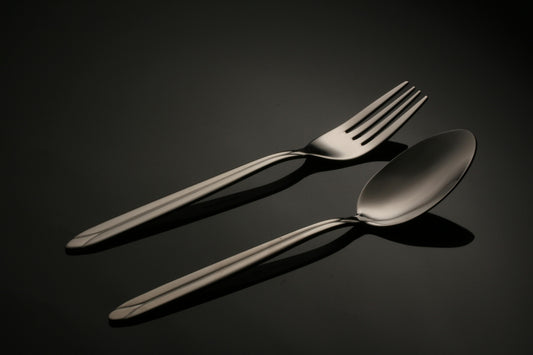Switching to an alkaline lifestyle is not just a diet change—it’s a complete recalibration of how your body, mind, and energy operate. In Dr. Sebi’s view, alkalinity is the foundation of health because it brings the body back to its natural electrical state, where every organ, gland, and cell can function without obstruction.
Yet, this transition isn’t always smooth. When you begin removing acidic, processed foods and introducing mineral-rich, living nutrition, your body starts to clean, rebuild, and re-educate itself. Some days you’ll feel energized and clear; others, you might feel tired, moody, emotional, or even confused by your own cravings.
This article outlines what to expect physically, mentally, and emotionally when adopting an alkaline lifestyle—and how to navigate the process with patience and balance.
Understanding the Alkaline Approach
Dr. Sebi’s system is built around three principles:
-
Remove what harms the body (acidic, mucus-forming foods).
-
Replenish with natural, alkaline foods that supply minerals and oxygen.
-
Restore cellular function so the body can heal itself.
When you follow this path, the body’s chemistry shifts from acidic to slightly alkaline (pH 7.3–7.4). This supports blood flow, nutrient delivery, and the bio-electric signals that keep organs communicating properly.
But because most modern diets are highly addictive and acidic—heavy in processed sugar, meat, dairy, caffeine, and hybrid starches—this transition can feel like rewiring your system from the inside out.
Phase 1: The Cleansing Period (Days 1–14)
What Happens
In the first one to two weeks, the body begins to detoxify. Stored acids, mucus, and metabolic waste start to move through the bloodstream toward elimination. You may notice:
-
Headaches, fatigue, or mild nausea
-
Increased urination or bowel movements
-
Changes in body odor or breath
-
Skin breakouts or mucus discharge
-
Temporary mood swings or irritability
This is the body releasing years of buildup. This is what is called 'The Healing Crisis.' The body must clean before it can rebuild.
How to Support It
-
Hydrate deeply: One gallon of spring or infused spring water daily. You can add key lime or cucumbers to enhance hydration.
-
Drink herbal teas: burdock, dandelion, ginger, or sarsaparilla for cleansing.
-
Eat simply: fruits in the morning, greens and grains in the afternoon, soups in the evening.
-
Rest more: your energy is being redirected inward for repair. You may feel very tired; rest is key when it comes to healing.
Don’t fear the symptoms—they’re short-lived and signal that healing has begun.
Phase 2: Rebuilding Energy (Weeks 2–4)
What Happens
After the initial cleanse, your digestion lightens and your energy begins to stabilize. Cells start absorbing minerals more efficiently, and inflammation decreases. People often report:
-
Clearer skin and eyes
-
Lighter digestion and less bloating
-
More consistent energy (no afternoon crash)
-
Better mood and sleep quality
At this stage, your blood chemistry is recalibrating. Oxygen levels rise, mitochondria produce cleaner energy, and your cravings begin to change naturally.
How to Support It
-
Add mineral-dense foods: sea moss, kale, watercress, amaranth greens, and avocado.
-
Combine cleansing + building herbs: burdock and sarsaparilla with sea moss for balance.
-
Move gently: walking, stretching, or light yoga improves circulation and lymph flow.
-
Practice gratitude: detox can also release emotional residue—acknowledge it.
Phase 3: The Craving Crossroads (Weeks 3–6)
What Happens
Cravings are not weakness—they’re biochemical memories. Your body remembers the dopamine spikes and fat–sugar combinations of your old diet. Around weeks 3–6, it begins to “test” your new habits.
You may crave cheese, meat, bread, or sugar. But the desire often passes within minutes once you hydrate or eat a mineral-rich snack. What your body is really asking for is minerals, not junk.
How to Support It
-
Drink a mineral tonic: sea moss gel+ burdock + dates smoothie curbs cravings.
-
Keep alkaline snacks nearby: walnuts, seeded grapes, or sliced cucumber with key lime & sea salt.
-
Reframe the craving: instead of resisting, observe and redirect—“My body is releasing an old pattern.”
-
Avoid deprivation: eat until you’re satisfied; this lifestyle is abundant, not restrictive.
Over time, the new foods start tasting better than the old ones because your taste buds regenerate every 10–14 days.
Phase 4: The Emotional Reset (Weeks 6–10)
What Happens
The nervous system stores stress chemicals and memories just as the liver stores toxins. When you clear mucus and acid, emotional detox often follows.
You might feel:
-
More sensitive or introspective
-
Sudden bursts of creativity or clarity
-
A desire for solitude
-
Deep sleep or vivid dreams
This is the mind aligning with the body’s new frequency. As circulation and oxygen flow improve, so does mental calm and clarity.
How to Support It
-
Herbal allies: tila (linden) and chamomile to soothe nerves.
-
Grounding rituals: journaling, time in nature, gentle stretching.
-
Meditation or prayer: helps integrate emotional release into peace.
Dr. Sebi often said healing isn’t just physical—it’s energetic. When your blood is clean, your thoughts naturally follow.
Phase 5: Integration and Long-Term Balance
After 8–12 weeks, the alkaline lifestyle becomes your new normal. Cravings fade, digestion feels effortless, and your energy remains steady throughout the day.
At this stage, you’ll notice deeper changes:
-
Consistent mental clarity
-
Youthful skin and glow
-
Better sleep and hormone balance
-
Heightened intuition around food choices
-
Emotional resilience under stress
You’re not “on a detox” anymore—you’re simply living in balance.
What an Alkaline Day Looks Like
Morning
-
Wake with gratitude and drink spring water.
-
Smoothie: sea moss gel, kale, cucumber, dates, and wild blueberries.
Midday
-
Quinoa bowl with amaranth greens, avocado, and squash
-
Burdock + sarsaparilla tea.
Afternoon
-
Snack: seeded grapes or walnuts.
-
Hydration: cucumber-lime water.
Evening
-
Steamed kale or watercress with olive oil and key lime.
-
Tila-chamomile tea for deep sleep.
This template balances cleansing, mineral restoration, and calm.
Common Mistakes During Transition
-
Changing too fast. Sudden detox can overwhelm the system. Gradual shifts work best.
-
Eating too little. This lifestyle isn’t about restriction—eat until nourished.
-
Ignoring rest. Healing requires downtime; over-working slows progress.
-
Not drinking enough water. Dehydration intensifies detox symptoms.
-
Replacing old junk with new processed “vegan” junk. Stick to whole foods, not imitation products. Just because it's 'vegan' doesn't mean it's recommended for consumption.
-
Neglecting emotional health. Cleansing is holistic—mind, body, and spirit move together.
Herbs That Support the Transition
-
Burdock Root: cleanses blood and skin.
-
Sarsaparilla Root: boosts iron and detoxifies.
-
Dandelion Root: supports liver and digestion.
-
Sea Moss: replenishes minerals and electrolytes.
-
Elderberry: strengthens immunity.
-
Ginger Root: stimulates circulation and relieves nausea.
-
Tila (Linden Flower): calms the nervous system.
Drink 1–2 cups of herbal tea daily or rotate herbs weekly.
Managing Detox Side-Effects
If you experience discomfort:
-
Headache or fatigue: drink more water and rest.
-
Skin issues: burdock or dandelion tea; avoid processed oils.
-
Digestive upset: sip ginger or chamomile tea.
-
Emotional waves: slow down; journaling helps integration.
These phases pass quickly as the body stabilizes.
Psychological Shifts You’ll Notice
Transitioning to an alkaline lifestyle changes more than the body—it alters your perception:
-
Food becomes fuel, not comfort.
-
You start craving peace over stimulation.
-
Nature feels more grounding.
-
Gratitude becomes instinctive.
This mindset shift sustains long-term wellness far beyond the physical results.
Maintaining the Alkaline Lifestyle
-
Follow the 80/20 Rule – Keep 80 percent alkaline foods, 20 percent neutral (like quinoa, spelt, sesame seeds, walnuts).
-
Seasonal Cleanses – Do a gentle 7-day detox quarterly to reset.
-
Rotate Herbs – Cycle between cleansing (burdock, dandelion) and building (sea moss, elderberry).
-
Hydrate Continuously – Water is your daily detox.
-
Practice Stillness – Meditation, prayer, or nature time keeps your chemistry calm.
The goal isn’t perfection—it’s consistency.
FAQs
Q: Will I lose weight on an alkaline lifestyle?
A: Most people naturally shed excess weight because inflammation and water retention drop. The body finds its natural equilibrium.
Q: Is it expensive to eat alkaline?
A: No. Focus on seasonal produce, bulk grains, and herbs. Simplicity saves money. Freeze fruit when it's in season. Canning and dehydrating are also great options for seasonal favorites.
Q: Can families or children follow this lifestyle?
A: Yes, with gentle adaptation—include more fruits, greens, and natural snacks while keeping meals balanced.
Q: How do I eat out?
A: Choose simple options—salads with olive oil and key lime, vegetable sides, or quinoa-based bowls. Bring your own herbal tea if possible. Many restaurants cater to plant-based lifestyles and makes it easier to adapt.
Q: Can I ever eat acidic foods again?
A: The goal isn’t strict avoidance—it’s balance. Once you’re stabilized, small deviations won’t derail you if your daily foundation is alkaline.
Dr. Sebi’s Perspective on Transition and Healing
Dr. Sebi taught that most illness stems from cellular congestion—mucus and acid blocking electrical current. His alkaline approach wasn’t about restriction but liberation: freeing the body’s natural intelligence.
He viewed the transition not as discipline, but as returning to nature’s rhythm. The first few weeks may challenge the body’s memory, but once balance is restored, energy, joy, and clarity become effortless.
Conclusion
Transitioning to an alkaline lifestyle is a journey from heaviness to lightness—physically, emotionally, and spiritually. The first weeks bring cleansing and adaptation; the later ones bring renewal and peace.
You’ll learn that health isn’t something to chase; it’s something that returns when you stop feeding what blocks it.
Patience is key. Listen to your body, drink your teas, rest when needed, and remember that every craving or symptom is part of your body remembering how to heal.
Healing is not about adding more—it’s about removing what doesn’t belong.

